Barley is one of the oldest and most important cereal grains cultivated by humans, with a history that dates back over 10,000 years. It plays a vital role in global agriculture as a key component in food, livestock feed, and brewing industries. With its adaptability to diverse climates and soil conditions, barley is grown on every continent except Antarctica. But among all the countries cultivating this versatile grain, Russia stands tall as the largest barley producer in the world.
This article delves into the reasons behind Russia’s dominance in barley production, global production trends, key uses of barley, and the implications of its output on both local and international markets.
1. Understanding Barley and Its Global Importance
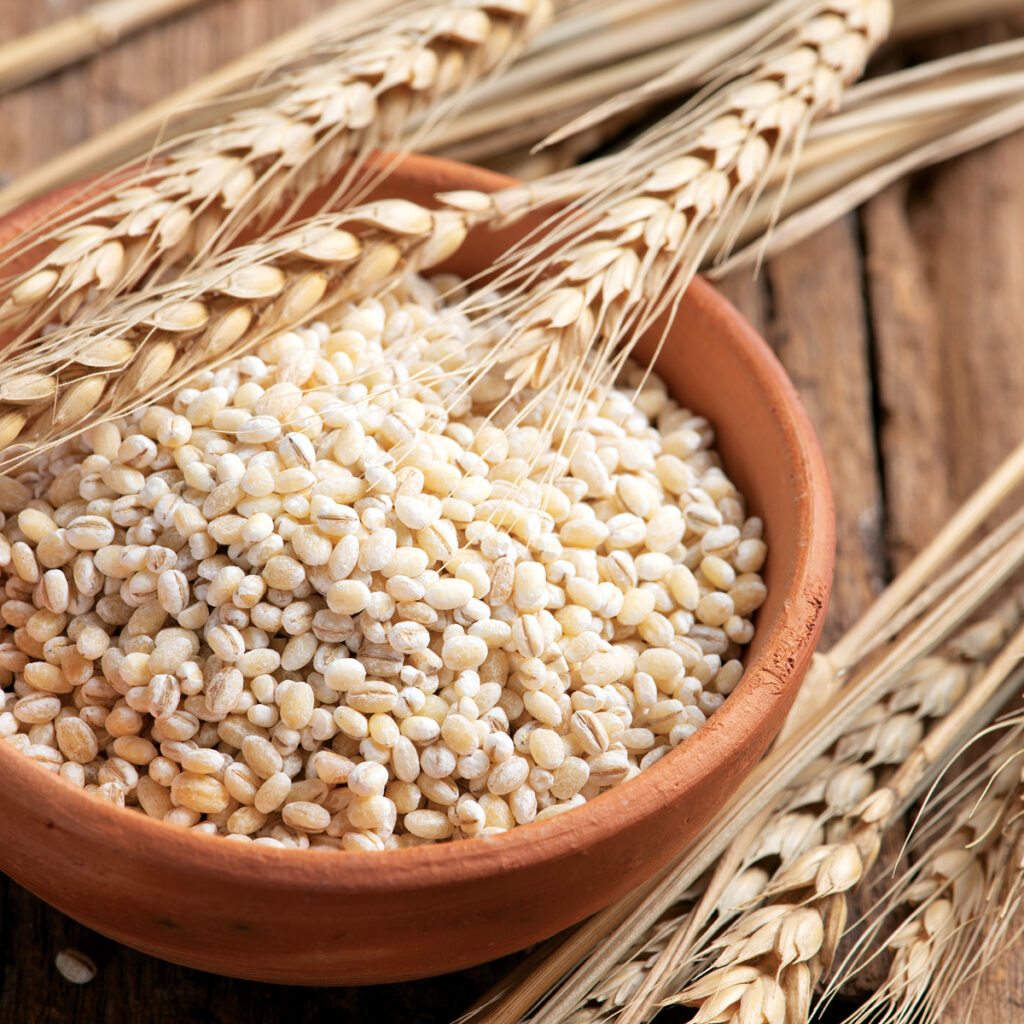
Barley (Hordeum vulgare) is a cereal grain that thrives in cool climates and has a short growing season, making it suitable for cultivation in temperate regions. Its major uses include:
- Animal Feed: Over two-thirds of the global barley crop is used as feed for livestock.
- Malting and Brewing: A significant portion is used in the production of beer and whiskey.
- Human Consumption: In various parts of the world, especially in Asia and Africa, barley is used in porridges, soups, and health foods due to its high fiber content.
- Industrial Use: Barley is also used in starch production and other processed goods.
Barley’s resilience to cold and drought, combined with its versatility, has made it an essential crop in many countries.
2. Global Barley Production Overview
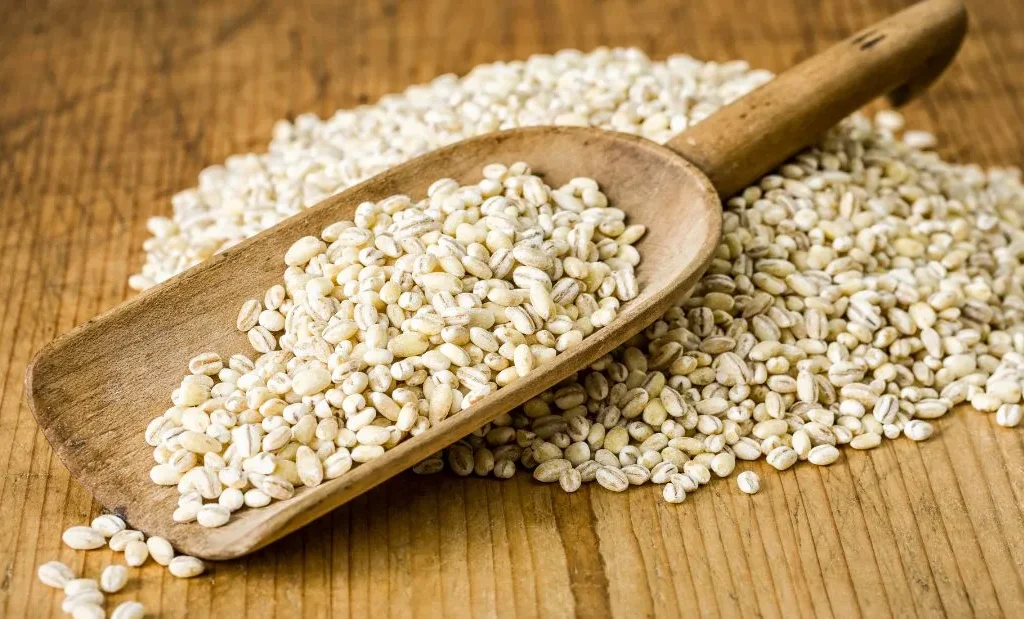
According to the latest data from the Food and Agriculture Organization (FAO) and USDA, the global barley production fluctuates around 140–160 million metric tons annually, depending on weather patterns and regional agricultural strategies.
The top producers of barley in the world are:
| Rank | Country | Barley Production (approx.) |
|---|---|---|
| 1 | Russia | 18–20 million metric tons |
| 2 | France | 10–12 million metric tons |
| 3 | Germany | 9–10 million metric tons |
| 4 | Australia | 9–10 million metric tons |
| 5 | Ukraine | 6–8 million metric tons |
Russia clearly leads the global barley production, often producing more than 15% of the world’s total barley output.
3. Russia: The Reigning Barley Giant
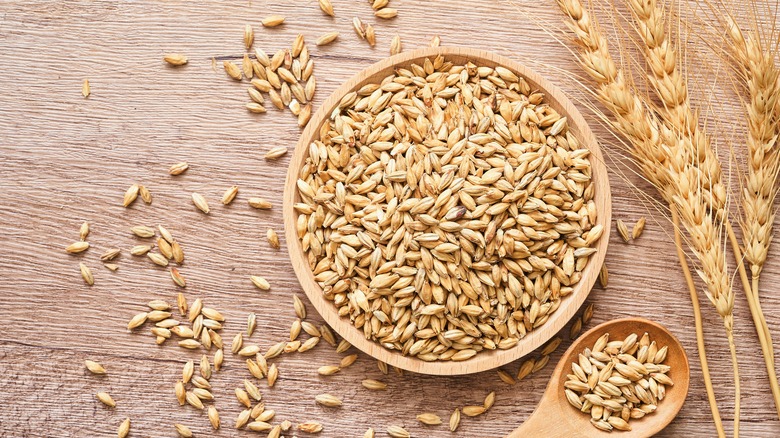
A. Favorable Climate and Land Availability
Russia’s vast geographical area provides extensive tracts of arable land suited for barley cultivation, especially in the Volga, Central, and Southern Federal Districts. The country’s cool temperate climate is ideal for barley’s short growing season and cold tolerance.
B. Technological Advancements in Agriculture
In recent decades, Russia has heavily invested in modernizing its agricultural sector. The adoption of mechanized farming, improved seed varieties, and precision farming techniques has greatly increased yield and efficiency in barley production.
C. Export-Oriented Production
Russia is not just the largest producer but also one of the top exporters of barley. It supplies large quantities to countries in the Middle East, North Africa, and Asia. Saudi Arabia, China, and Iran are key importers of Russian barley, primarily for livestock feed and brewing purposes.
4. Key Uses of Russian Barley
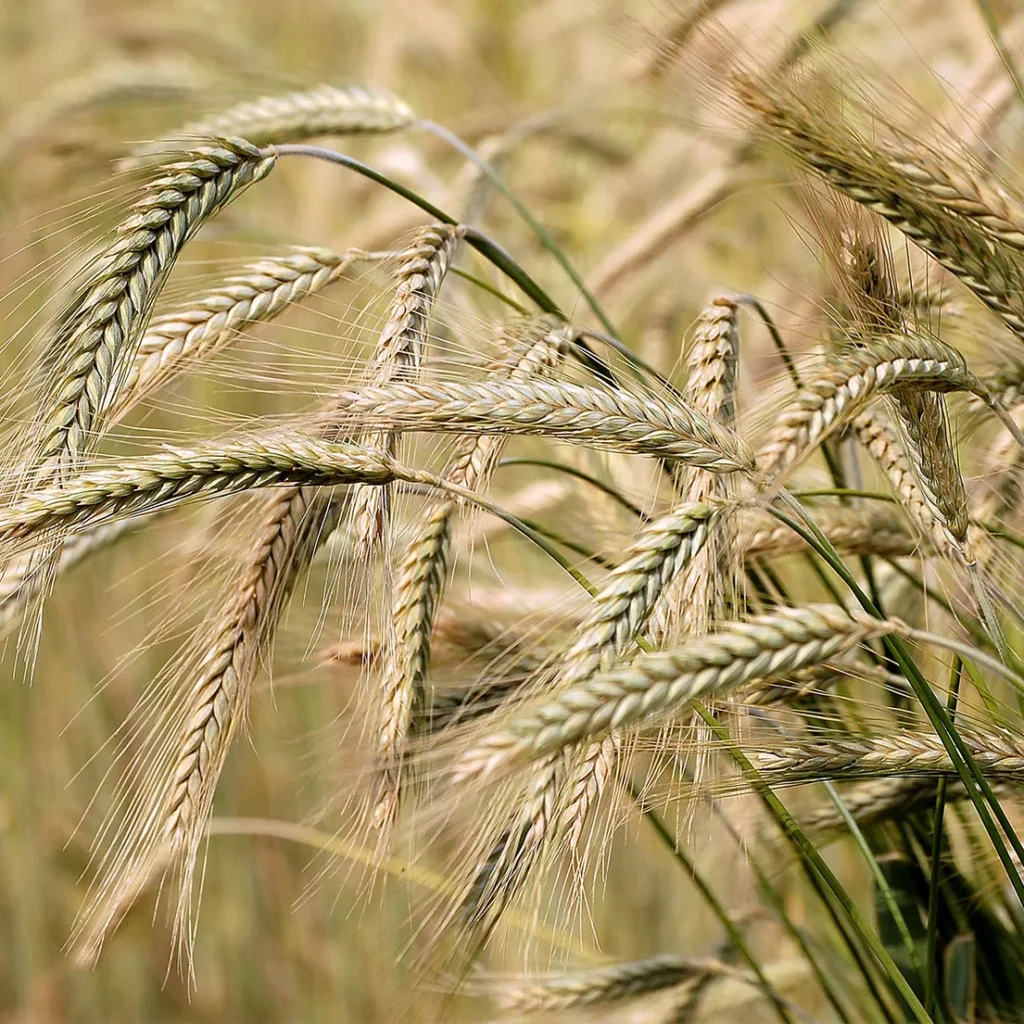
- Feedstock: More than 60% of the barley grown in Russia is used as animal feed due to its high protein and fiber content.
- Malting Industry: Russia’s beer industry, as well as international brewing firms, source malt-grade barley locally.
- Export: Russia annually exports over 5 million metric tons of barley, making it one of the leading barley exporters globally.
5. Challenges and Opportunities
A. Challenges
- Geopolitical Tensions: Economic sanctions, especially those related to recent geopolitical events, may restrict trade flow and investment in agriculture.
- Climate Variability: While barley is drought-resistant, extreme weather events such as floods or prolonged droughts can affect yields.
- Dependence on Export Markets: Heavy reliance on foreign buyers makes Russia’s barley market sensitive to global trade shifts.
B. Opportunities
- Organic and Health Food Markets: Rising global demand for fiber-rich, health-oriented foods opens new markets for food-grade barley.
- Improved Logistics: Continued infrastructure development could further reduce transport costs and boost exports.
- Research and Innovation: Continued R&D can improve pest resistance, drought tolerance, and yield.
6. Other Major Barley Producers: A Brief Look
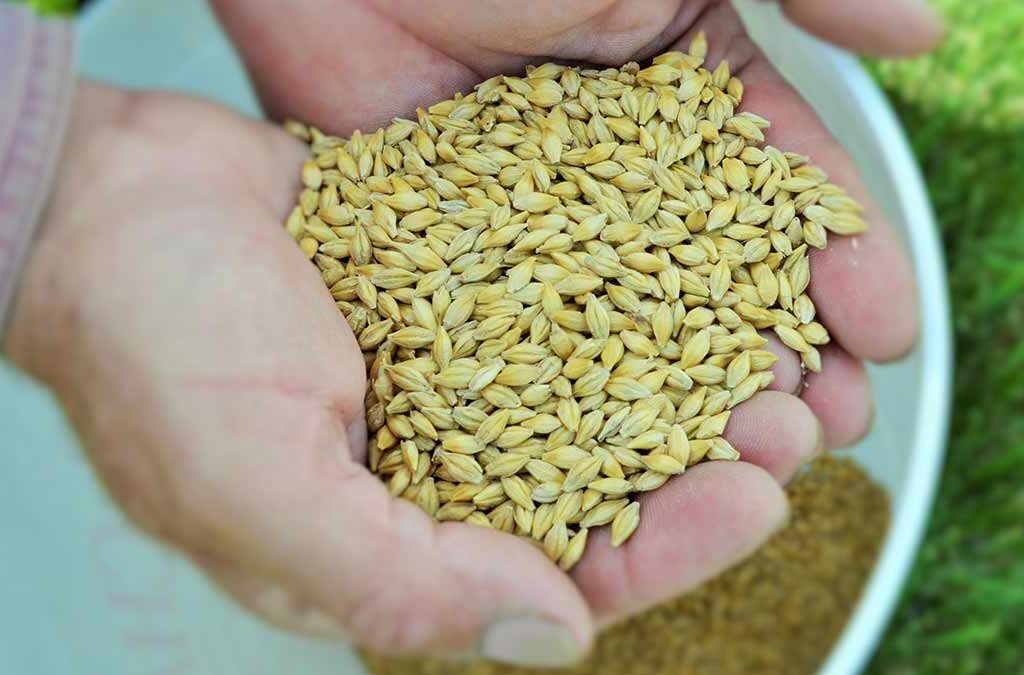
France and Germany
These countries dominate barley production in the European Union. France focuses heavily on malting-grade barley, supplying breweries worldwide. Germany produces both feed and malt barley with a strong domestic brewing market.
Australia
Australia’s barley is predominantly export-oriented, with China being its biggest buyer. Australian barley is known for its quality in brewing.
Ukraine
Despite political instability, Ukraine remains a major barley player, exporting significant quantities to Middle Eastern markets.
7. The Global Future of Barley Production
Barley production is poised for growth, especially with rising interest in sustainable agriculture and plant-based food systems. Countries like Russia that already dominate production are likely to maintain or increase their lead through improved practices and global trade strategies.
However, as climate change alters precipitation patterns and growing seasons, adaptability will be key. Nations that invest in research and efficient water-use strategies will be best positioned to lead.
Conclusion
Russia is the undisputed leader in global barley production, owing to its vast arable land, favorable climate, and significant investments in modern agricultural practices. Its ability to not only feed its domestic demand but also serve as a key exporter to global markets has reinforced its dominance.
As global demand for barley grows—driven by health trends, livestock needs, and the brewing industry—Russia’s leadership position seems secure for the foreseeable future. However, to remain on top, it must continue adapting to changing global dynamics, climate challenges, and shifting market demands.
In the world of cereals, barley might not always grab headlines, but for Russia, it is a golden grain that continues to sow prosperity both domestically and globally.




